BRICS, a Global South-led economic cooperation forum, continues to expand its influence as it seeks to de-dollarize and transform the international monetary and financial system.
After admitting four new countries in 2024, BRICS will officially welcome nine new countries as partners on January 1, 2025.
Belarus Bolivia Cuba Indonesia Kazakhstan Malaysia Thailand Uganda Uzbekistan
With nine member states and nine partners, BRICS currently accounts for approximately half of the world’s population and more than 41% of global GDP (PPP).
The group is an economic powerhouse that includes top producers of major commodities such as oil, gas, grains, meat, and minerals.
At the BRICS Summit held in Kazan, Russia in October 2024, 13 countries were invited to become BRICS partners. This means that it is on the path to becoming a full member state in the near future.
Nine of these 13 countries accepted the invitation. The remaining four countries have not yet issued an official response as of the end of 2024. They are Algeria, Nigeria, Türkiye/Turkiye, and Vietnam.
The Russian government, which announced the addition of nine new partner countries in December, emphasized that it “hopes to receive responses in the near future” from the remaining four countries.
BRICS: 9 member states and 9 partners
Originally founded as BRIC in 2009 by Brazil, Russia, India and China, the organization grew with the addition of South Africa in 2010.
For the 2023 summit in Johannesburg, South Africa, BRICS has expanded again to invite six more countries: Argentina, Egypt, Ethiopia, Iran, Saudi Arabia, and the United Arab Emirates.
Egypt, Ethiopia, Iran, and the UAE accepted the invitation and officially became BRICS members in January 2024.
Saudi Arabia had not yet made a formal decision at the end of 2024.
Argentina initially agreed to participate when it had a centre-left government led by President Alberto Fernández and Vice President Cristina Fernández de Kirchner. However, in December 2023, far-right pro-American leader Javier Millay came to power and reversed the decision, blocking Argentina from joining BRICS in January 2024.
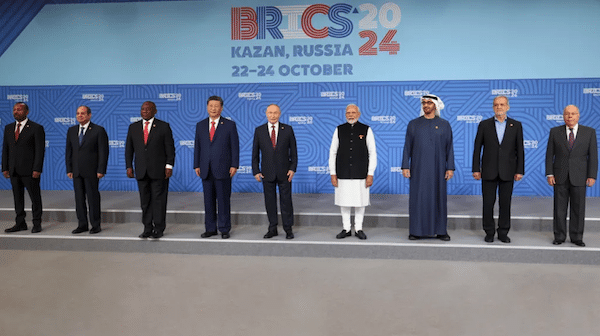

Representatives of nine BRICS member countries participating in the 2024 summit in Kazan, Russia
BRICS account for about half of the world’s population
With the addition of partner countries, nine of the 20 most populous countries on earth are now part of BRICS.
Their combined population is about 4 billion people, or about half of the world’s population.
India is the most populous country on earth, followed by China. Each country has more than 1.4 billion inhabitants.
Indonesia is the fourth most populous country with approximately 290,000 people.
Brazil is the seventh most populous country, followed by Russia in ninth place and Ethiopia in tenth place.
Egypt is the 14th most populous country. Iran ranks 17th. Thailand is in 20th place.
Nigeria, the sixth most populous nation, was invited to join BRICS as a partner, but did not formally respond until 2024.
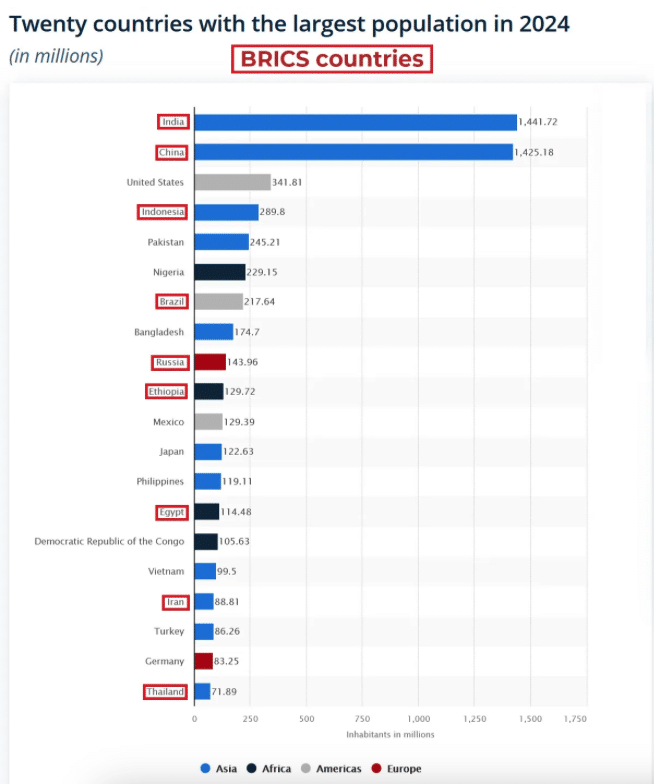

BRICS account for 41% of global GDP (PPP)
Together, the nine BRICS member states and nine additional BRICS partners account for more than 41% of the world’s GDP (measured at purchasing power parity).
According to IMF data, the former five BRICS members accounted for 33.76% of global GDP (PPP) as of October 2024.
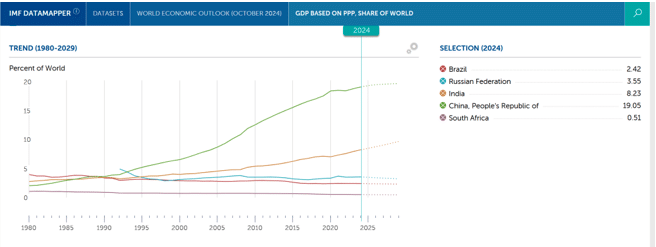

This means that the five founding members of BRICS account for a larger share of the global economy than the G7, which accounted for only 29.08% of global GDP (PPP) in 2024.
This is a significant decrease compared to 1990, when G7 countries accounted for nearly 52% of global GDP (PPP).


The main reason for this historic change is China’s phenomenal economic growth, which has made it the world’s only industrial power, accounting for 35% of the world’s total manufacturing output (almost three times that of the United States).
According to IMF data, China overtook the United States in 2016 to become the largest economy on earth.
As of October 2024, China accounts for 19% of global GDP (PPP), compared to only 15% for the United States.
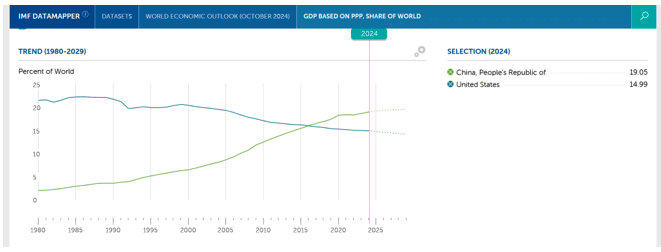

If we add the four new BRICS member countries that will join in 2024, the nine BRICS member countries will account for 36.44% of global GDP.
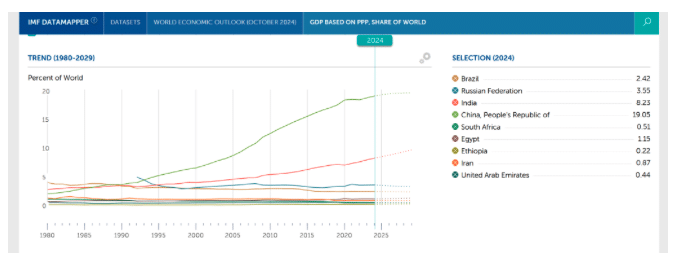

With the addition of nine new partner countries, BRICS’ share of global GDP will further increase to 41.41% (this does not include Cuba, as the IMF does not have data on the country’s economy). (not).
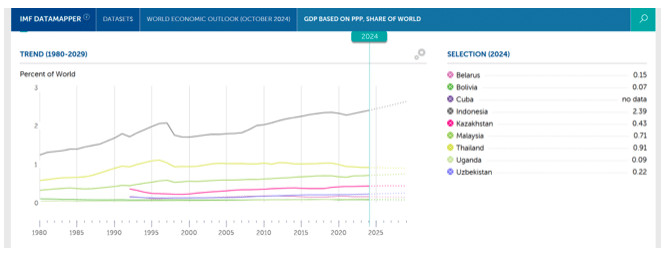

US GDP overstates economic power
Although GDP can give a rough estimate of a country’s influence in the world economy, this measurement poses its own set of problems. GDP does not necessarily reflect a country’s productive capacity. It is important to note the sectoral composition of GDP.
For example, in the United States, a staggering 21% of GDP comes from FIRE sectors such as finance, insurance, and real estate. An additional 13% of U.S. GDP is made up of professional and business services provided by white-collar workers such as lawyers and executives. Manufacturing only accounts for about 10% of the U.S. GDP.
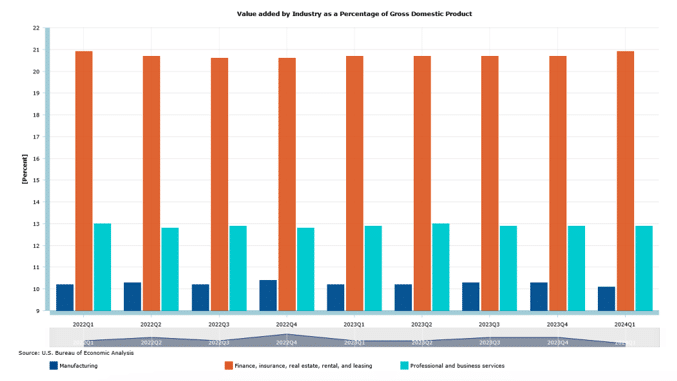

According to a report from the Bureau of Economic Analysis (BEA), another 8% of U.S. GDP comes from imputed rents for owner-occupied housing, or the amount that homeowners hypothetically pay to rent the homes they own and live in. . That means 8% of the US GDP actually doesn’t exist. It’s just accounting.
Furthermore, approximately 18% of the US GDP comes from the healthcare sector. The United States spends about twice as much on health care as the average developed country in the OECD, yet its public health outcomes are among the worst.
Just because a country offers more expensive services in certain areas and therefore has a higher GDP does not mean that its citizens benefit. The case of the US healthcare system is a clear example of how, despite excellent GDP statistics, populations can actually suffer greatly.
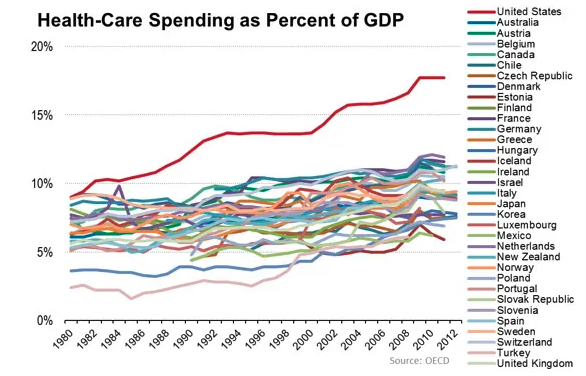

BRICS: A major commodity country that produces grain, meat, oil, gas, and minerals.
The people of a country cannot eat its GDP. A more useful assessment of the growth in the economic power of BRICS can be seen by looking at the productive capacity of the economies that make up this organization.
BRICS members and partners are world leaders in the production of critical commodities such as grains, meat, crude oil, natural gas, and strategic minerals such as iron ore, copper, and nickel.
According to the Food and Agriculture Organization of the United Nations, the world’s major staple crops, which account for more than half of global agricultural production, are sugarcane, maize (maize), rice, wheat, oil palm fruit, and potatoes, respectively. FAO).
BRICS countries dominate global production of these staple crops.
Brazil, India and China account for approximately two-thirds of the world’s sugarcane production.
China and Brazil account for almost 30% of the world’s maize (maize) production.
China and India produce more than half of the world’s rice.
China, India and Russia produce more than 40% of the world’s wheat.
Indonesia, Malaysia and Thailand (all new BRICS partners) account for almost 90% of the world’s oil palm fruit production.
China and India produce almost 40% of the world’s potatoes.
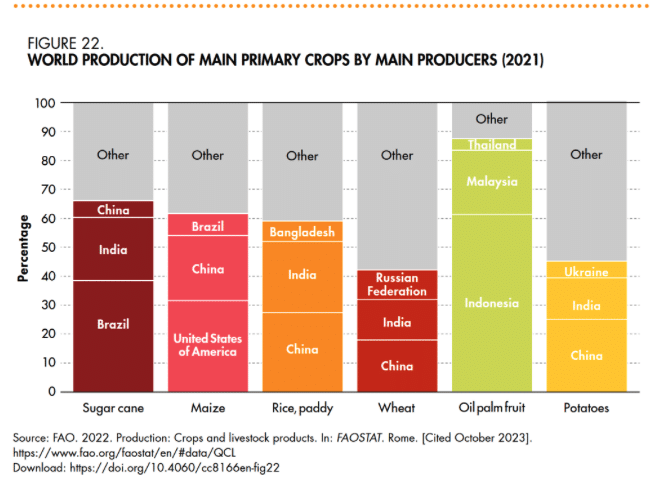

BRICS countries also produce much of the world’s meat.
China and Brazil account for more than 20% of the world’s chicken production.
China produces more than 40% of the world’s pork.
Brazil and China account for more than 20% of the world’s beef production.
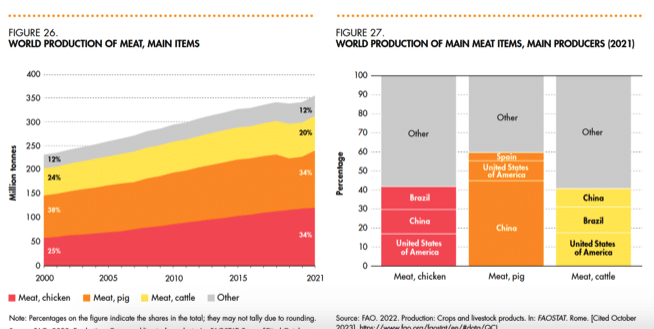

China occupies an overwhelming position in seafood aquaculture production, accounting for nearly 60% of the world’s production. Together with India and Indonesia, this accounts for over 70%.
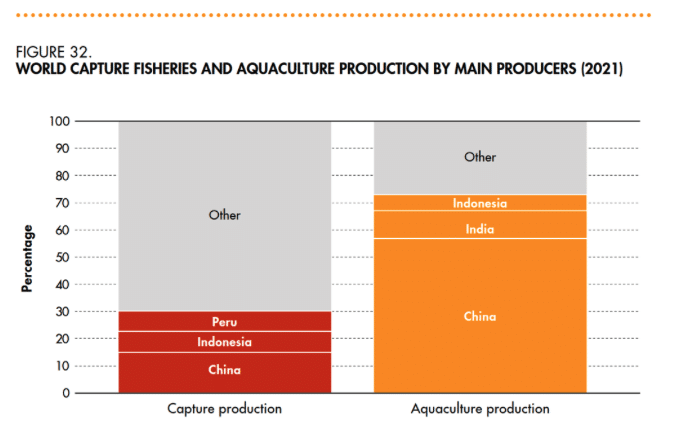

Similarly, BRICS countries account for more than half of the world’s egg production. China alone produces 34%.
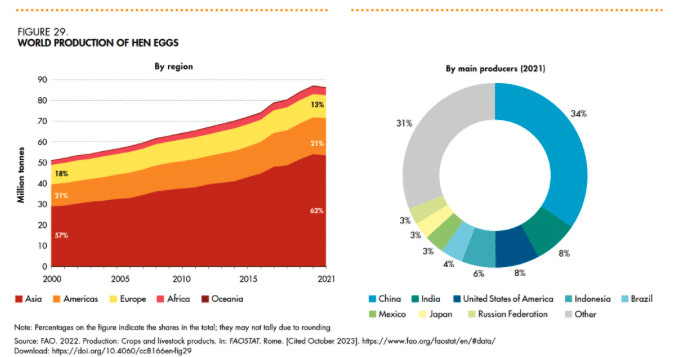

BRICS are also now energy superpowers.
China is leading the world’s transition to renewable energy. China is building twice as much solar and wind power capacity as the rest of the world combined.
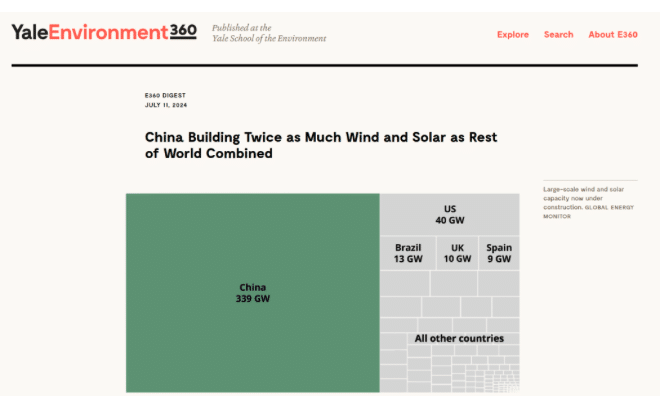

BRICS countries also play an important role in global oil production.
Of the world’s top 10 crude oil producing countries, five are located in the BRICS countries, including Russia (3rd), China (4th), Iran (7th), UAE (8th), and Brazil (9th). There is.
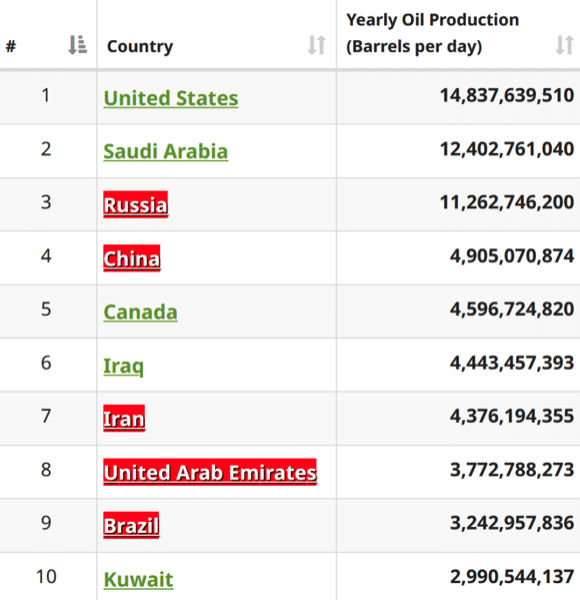

BRICS countries are important in the global natural gas industry.
The top natural gas producing countries in BRICS include Russia (2nd place), Iran (3rd place), China (8th place), UAE (10th place), Indonesia (11th place), and Malaysia (15th place).
(Venezuela, a major oil and gas producer, was initially offered to join BRICS, but Brazil vetoed the invitation to a summit to be held in Russia in 2024, sparking an international scandal.) Ta.)
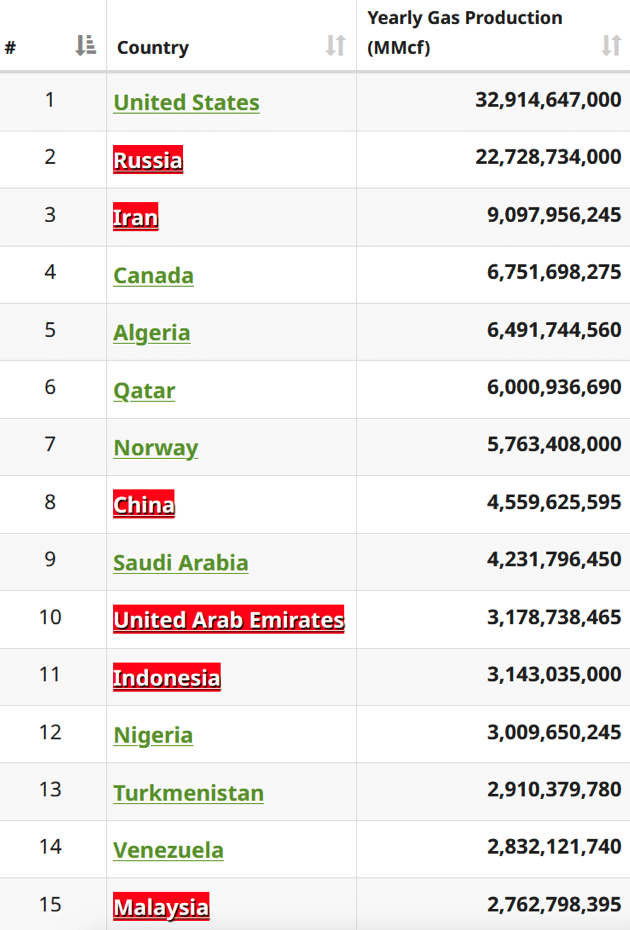

When it comes to strategic minerals, the BRICS still have a lot of influence.
BRICS countries are some of the world’s leading countries, including Brazil (2nd), China (3rd), India (4th), Russia (5th), South Africa (8th), Kazakhstan (9th), and Iran (10th). It is an iron ore producing country.
BRICS members such as China (3rd place), Russia (7th place), Indonesia (9th place) and Kazakhstan (12th place) are also very important when it comes to global copper production.
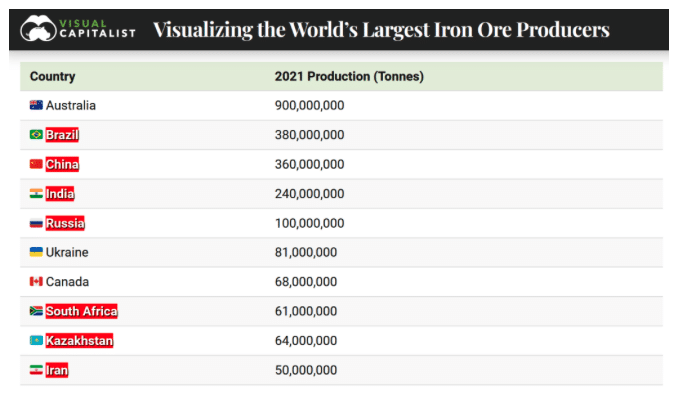

Indonesia’s membership as a partner similarly means that the world’s only major nickel country joins other important nickel producing countries such as Russia (3rd place), China (7th place), Brazil (8th place) and Cuba (9th place). It means becoming a member of BRICS.
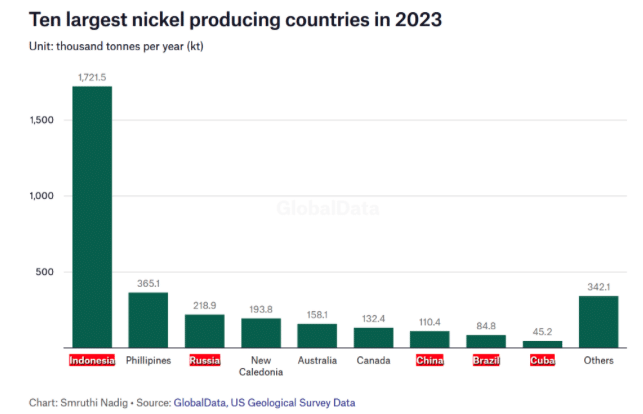

These statistics show that BRICS has become one of the most important organizations on the planet, uniting countries with huge populations, huge economies, and tremendous productive capacity.
If the BRICS countries can successfully work together and take collective action, the world will change.
Monthly Review does not necessarily adhere to all of the views expressed in articles republished in MR Online. Our goal is to share a variety of left-wing perspectives that our readers may find interesting and useful.


